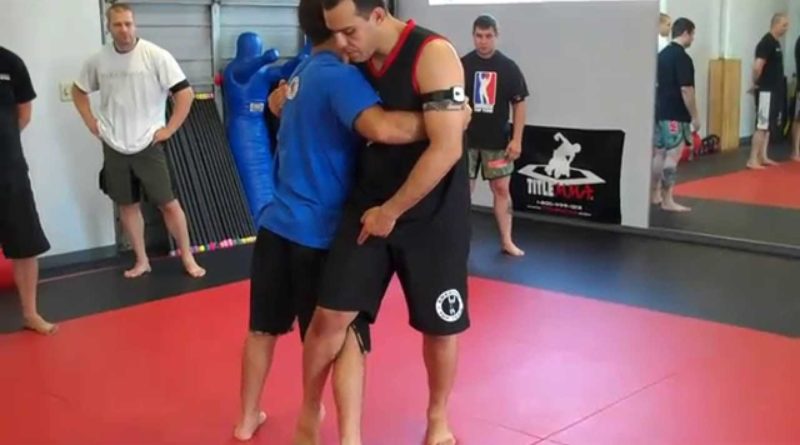BJJ Fundamentals: Understanding The Clinch
This article is the latest in a series on BJJ Fundamentals, looking into the clinch. For the rest of the series, click here.
The third topic in our multi part series on fundamentals in jujitsu is how to effectively use the hands and arms to gain dominant position and then clinch or body lock. Hand fighting and pummeling are the technical terms for learning where to slip your hands, and how to turn your body to get your arms in either overhook or underhook positions, and like wise keep the opponents arms out of play. Once established, this position leads right into the next position of control; the clinch. Commonly seen in Muay Thai, and wrestling, the clinch is an excellent position from which to control and either strike, throw, or even drag the opponent down. There are several different types of clinch, such as double unders, single collar tie, and double collar tie. In order to set up the clinch, and be able to capitalize on it however, the body must be properly positioned and utilized. Lets first look at how the pummeling/ hand fighting drill fits into this.
Fighting for the correct arm position is required before the hips can properly be brought into play and then used to either off balance or other wise control the opponent. This drill is an excellent way to train that. Once the movements have been relegated to muscle memory, your standing defense and offence can move to the next level.
As stated, there are several main types of clinch fundamentals; double under(hook)s, single collar tie, and double collar tie. Each has distinct advantages, disadvantages and therefore specific ways it should be set up and utilized.
From double underhooks many things open up. Some high percentage options are basic takedowns such as hip throws, single leg trips, as well as going for level changes and then shooting in for single or double leg take downs if the situation allows it. If you are so inclined, and are interested in re-enacting various mythological deities and their martial contests, you can even grab the opponent low in whats called the bear hug, and squeeze the opponents innards like Hercules in his fight with Antaeus (look it up, its pretty awesome). Lets now change our focus and turn to a great clinch that also allows for a multitude of strikes, the collar tie.
If you want to see evidence for the efficacy of the double collar tie, watch some old videos of Wanderlei Silva in Pride, or the classic Anderson Silva vs Rich Franklin fight. Obviously in jujitsu, striking is not our goal, so despite these being great options from collar ties, what can we take from this that will apply to our art? Lots of things. You’ll notice when you properly apply the collar tie when engaging the opponent, the head is completely controlled. This in turn allows the upper body to be controlled as well. From a double collar tie, one can drag the opponent down, then maybe ankle pick to get an easy high percentage takedown. The single collar tie is a great position as well. The snap down to front head lock can be a great way to transition to a guillotine, or back take if the opponent is brought low enough. If they fight the snap down, release the collar tie and when the opponent rises, level change and shoot in for a takedown. One more aspect we should review, is the overhook.
A great position you can find yourself either intentionally or by accident when hand fighting is the overhook. Lots of options are presented in this position, a very common one being the whizzer. The key factor in this move, as with all these moves, is maintaining tight body to body contact. Where there is space, there is powerful striking. Where the hips are not connected there is a space to defend throws. Maintaining tight control is imperative in standing just as in the ground game.
All of the moves discussed in this article are extremely old, tried, and true. They are not flashy, but they are effective. There are many other drills for them besides the ones in the links, and it is beneficial for students of all skill levels to drill them diligently.
To take a look at more from our Wrestling collection, click here.

